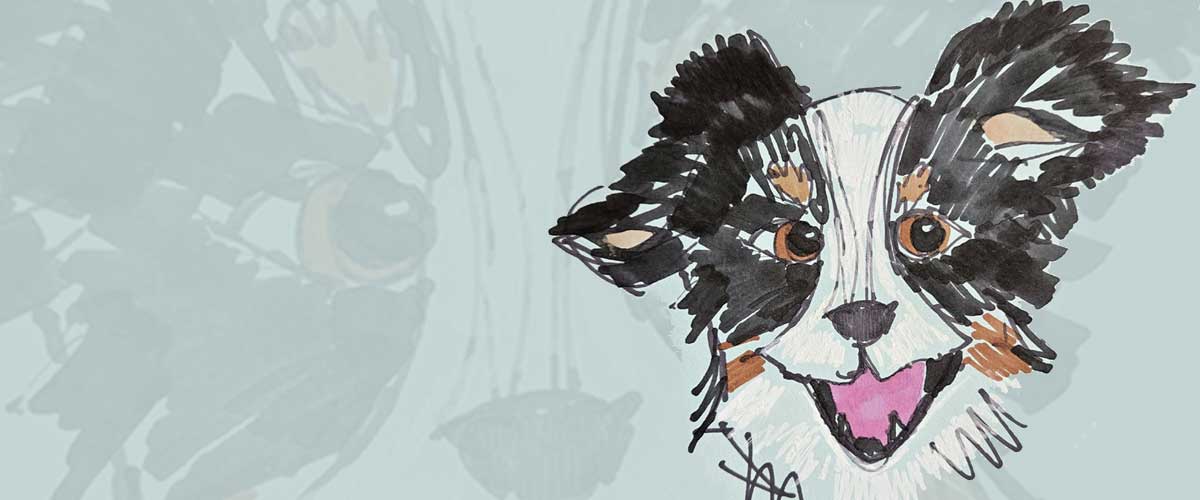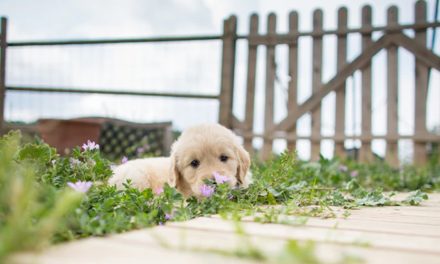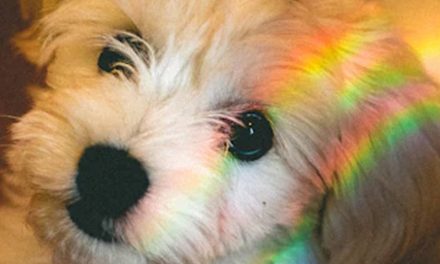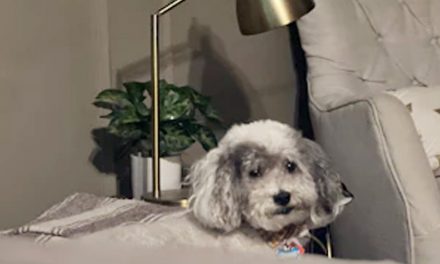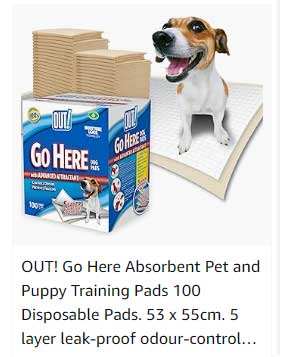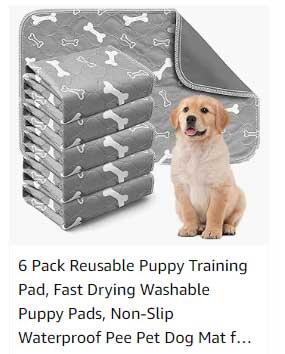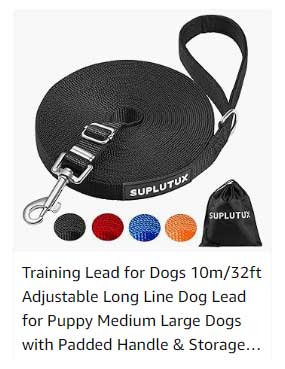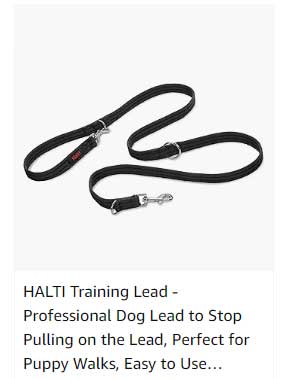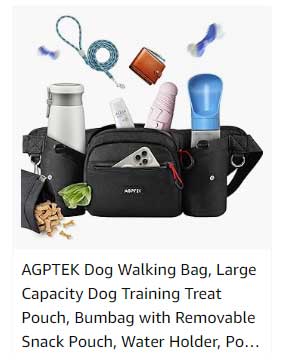Bringing a new puppy into your home is a joyful experience, but it also comes with its challenges.
One of the most important aspects of welcoming a new furry friend is house training.
Consistency, patience, and a little know-how can pave the way for a seamless transition for your pup and your home.
Understanding Your Puppy’s Needs
Before delving into the specifics of house training, it’s important to understand your puppy’s natural instincts.
Puppies have small bladders and may need to go outside every couple of hours, especially after eating, drinking, or playing.
Recognising their signals, such as whining, sniffing, or circling, is crucial.
It’s essential to pay attention and take them out when you notice these behaviors.
Establish a Routine
Puppies thrive on routine, so establishing a consistent schedule can significantly aid house training.
Take your puppy out first thing in the morning, after meals, after naps, and right before bedtime.
By creating a habitual routine, your puppy will learn when to expect bathroom breaks, making it easier for them to do their business outside.
When your puppy goes to the bathroom outside, be sure to praise them enthusiastically.
Positive reinforcement helps them associate going outside with good things, reinforcing their behavior.
Choosing the Right Spot
Choose a designated potty spot outside to help your puppy understand where they are expected to do their business.
The same spot will have familiar scents that encourage the puppy to relieve themselves.
Once your puppy goes outside, reward them with treats or praise.
This repetition of specific actions in a designated area will help them associate that space with potty time.
Using Crate Training
Crate training is an effective tool for house training.
Dogs naturally avoid soiling their sleeping areas, so utilizing a crate can help develop a routine.
Select a crate that is appropriately sized—too big, and your puppy may use one corner as a bathroom; too small, and they may feel cramped.
Introduce your puppy to the crate gradually and make it a positive experience by using treats, toys, and meal times.
Crate your puppy when you cannot supervise them, but remember that a puppy should not be confined for too long.
Young puppies can typically hold their bladders for about one hour for every month of age, plus an additional hour.
For example, a three-month-old puppy could hold it for around four hours.
Supervision is Key
When your puppy is not in their crate, supervision is crucial.
Keep an eye on them to prevent accidents in the house.
If you cannot supervise, it’s wise to use a leash to keep your puppy close, or return them to their crate.
If you catch your puppy in the act of having an accident inside, interrupt them with a firm but calm “no,” and immediately take them outside to their designated potty spot.
Praise them if they finish outside.
Handling Accidents Gracefully
Accidents will happen—it’s part of the process.
If you find an accident, clean it thoroughly to eliminate odors that may encourage your puppy to go in the same spot again.
Use an enzymatic cleaner specifically designed for pet stains.
Avoid scolding your puppy post-accident, as this can create fear and anxiety, potentially leading to more issues.
Be Patient and Consistent
Every puppy is unique, and house training can take time depending on the individual.
Some puppies may learn quickly, while others may require more time and encouragement.
Staying patient and consistent throughout the process is key.
Setbacks are normal, and celebrating small successes will help you maintain a positive experience for both you and your puppy.
In conclusion
House training your puppy is an essential part of their upbringing and adjustment to your home.
By understanding their needs, establishing a routine, using positive reinforcement, and being patient, you’ll set your puppy on the right path towards becoming a well-trained companion.
Enjoy the journey, and cherish the bond you’re building with your new furry friend!
Banner Illustration by Jovonne R.

